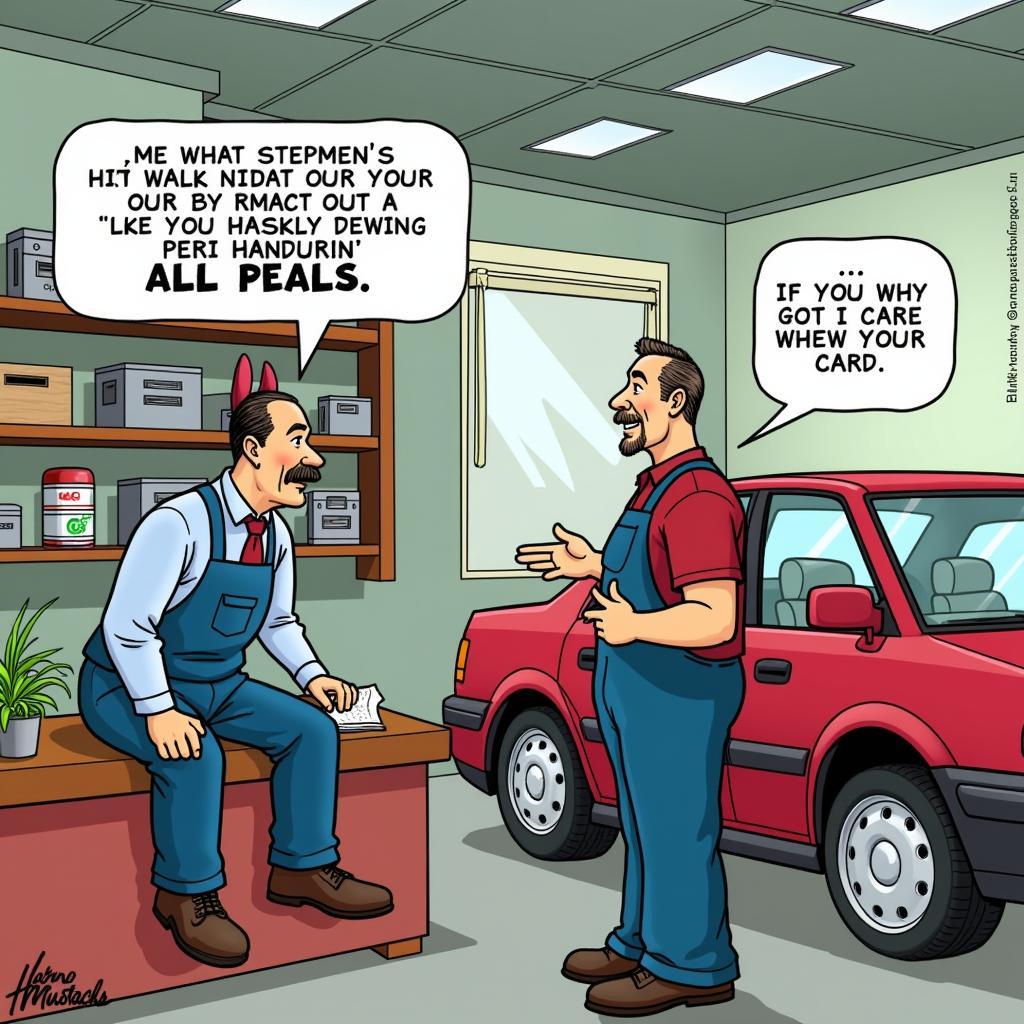Fixing dents, scratches, and rust spots on your car often involves using glazing putty. This guide provides a comprehensive overview of working with glazing putty, from choosing the right type to achieving a professional finish. We’ll cover everything from surface preparation to sanding and painting, ensuring you have the knowledge to tackle your car repair projects confidently.
Understanding Glazing Putty
Glazing putty, also known as body filler, is a polyester resin-based substance used to fill minor imperfections in car bodies. It’s crucial for achieving a smooth surface before painting. Choosing the right type of glazing putty is essential. Consider factors like the size of the repair area, material of the car body (aluminum, steel, fiberglass), and environmental conditions.
Preparing the Surface for Glazing Putty
Proper surface preparation is key to a successful repair. Start by cleaning the area thoroughly with wax and grease remover. Next, sand the area around the imperfection with coarse grit sandpaper to create a rough surface for the putty to adhere to. Remember to remove any loose rust or paint chips. A clean, rough surface is critical for optimal adhesion.
Applying Glazing Putty Like a Pro
Mixing the glazing putty correctly is essential. Follow the manufacturer’s instructions carefully, ensuring the correct ratio of hardener to putty. Apply the mixed putty to the prepared surface using a flexible putty knife. Use firm, even strokes, overlapping each pass slightly to ensure complete coverage and prevent air bubbles.
Sanding and Shaping the Glazing Putty
Once the putty has hardened, it’s time to sand and shape it. Start with coarse grit sandpaper to remove excess putty and shape the repair area. Gradually move to finer grits to achieve a smooth, even surface. Feel the area frequently to ensure it’s flush with the surrounding bodywork. Proper sanding is crucial for a flawless finish.
Priming and Painting Over Glazing Putty
Before painting, apply a thin coat of automotive primer to the repaired area. This helps to seal the putty and provide a better surface for the paint to adhere to. Once the primer is dry, you can apply your chosen paint. Remember to use thin, even coats, allowing each coat to dry before applying the next.
When Should I Use Glazing Putty on My Car?
Glazing putty is ideal for minor dents, scratches, and rust spots. However, it’s not suitable for large holes or structural damage. For more extensive damage, consult a professional auto body repair shop.
Conclusion
Fixing With Glazing Putty For Cars can seem daunting, but with the right knowledge and techniques, you can achieve professional-looking results. Remember to prioritize surface preparation, apply the putty correctly, and sand diligently for a flawless finish. Contact us at AutoTipPro for further assistance. Our phone number is +1 (641) 206-8880, and our office is located at 500 N St Mary’s St, San Antonio, TX 78205, United States.
FAQ
-
How long does glazing putty take to dry? Drying time varies depending on the product and environmental conditions, but generally, it takes about 30-60 minutes.
-
Can I apply glazing putty over rust? While you can apply putty over small, stable rust spots, it’s crucial to remove loose rust beforehand.
-
What type of sandpaper should I use? Start with coarse grit (80-180) and gradually move to finer grits (320-400) for a smooth finish.
-
Can I use glazing putty on plastic bumpers? Yes, but use a flexible putty specifically designed for plastic.
-
How much glazing putty do I need? This depends on the size and depth of the repair area. It’s better to have a little extra than not enough.
-
What happens if I apply the putty too thick? Thick layers of putty can crack or shrink as they dry. Apply thin, even coats.
-
Do I need to prime before painting? Yes, priming is essential for sealing the putty and ensuring proper paint adhesion.





Leave a Reply